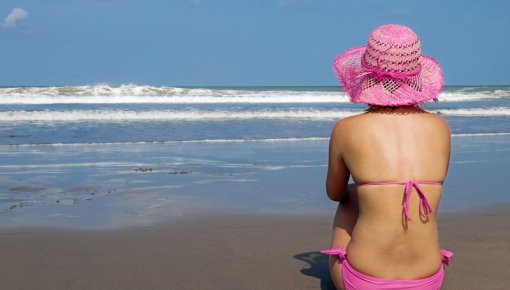I had a mole removed after I was pregnant
In the early 1990s I noticed several new moles. They were very dark, almost black. When I was pregnant, very dark moles appeared on my torso. They had slightly ragged outlines and I thought that I should show them to my dermatologist. She said that we should keep an eye on them, but that it would not be a problem and that it could wait until after the pregnancy. Nine months after giving birth I went to see my dermatologist again. She then decided to remove one of the moles.
After the operation I called about the results. The receptionist wouldn’t tell me them over the phone and asked me to come in. I thought: “Oh my God, what does that mean?” and went there. I was expecting a death sentence, but I was wrong. The doctor told me that the mole was very close to being cancerous. There were changes in the cells, but they weren't malignant. On the whole, I felt like she should have handled things more sensitively. She must have had no idea how panicked I was the whole time - I had really been scared. After that I started going to a new dermatologist.
From then on, I had my skin checked by the dermatologist every six months.

